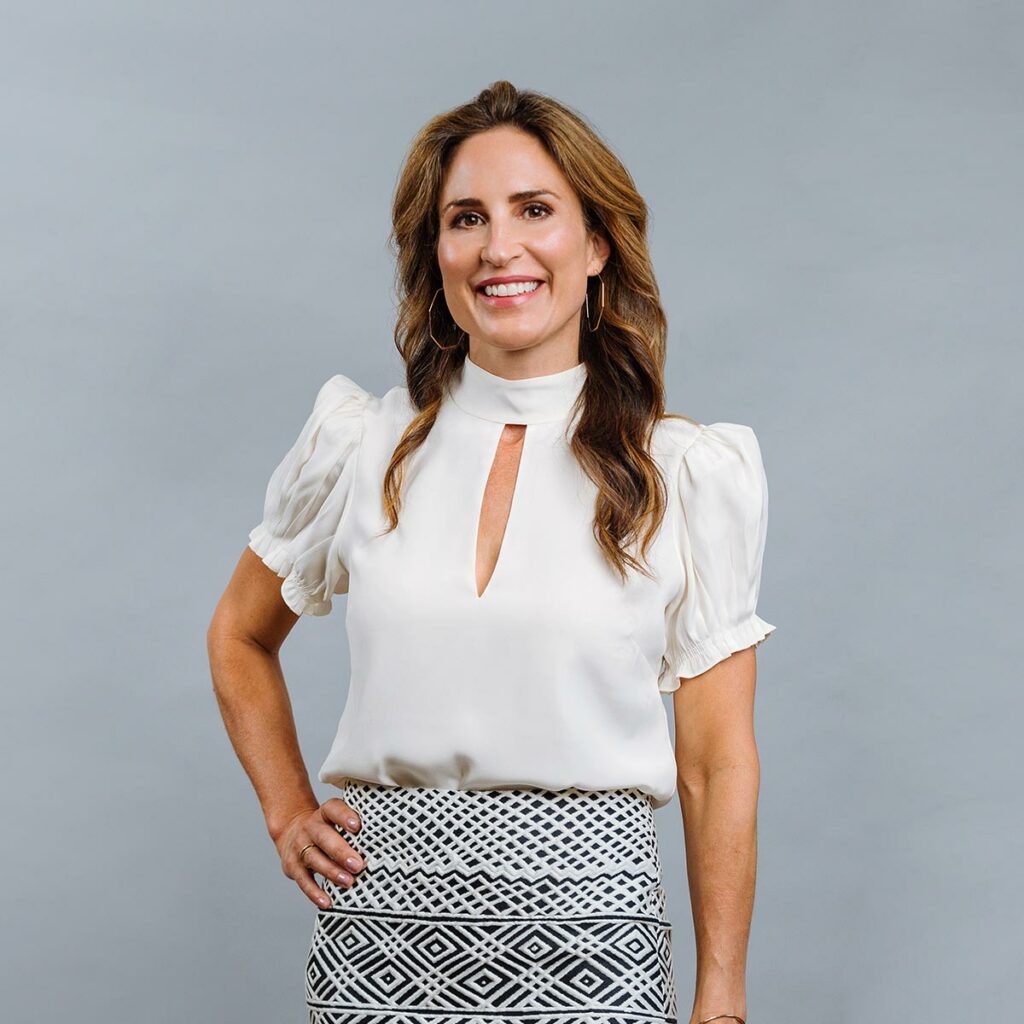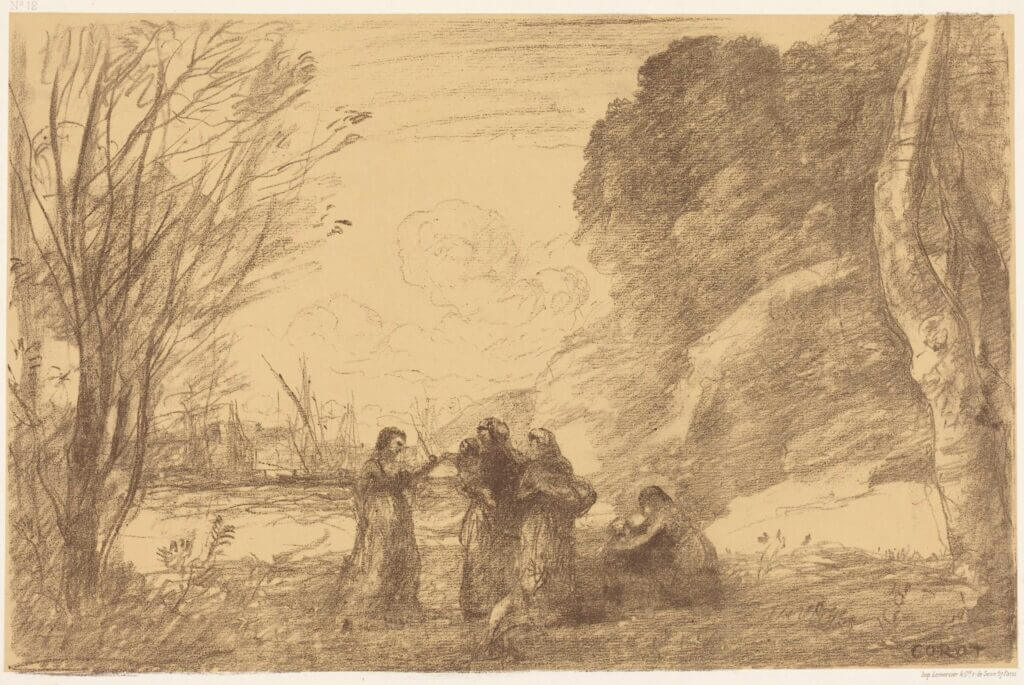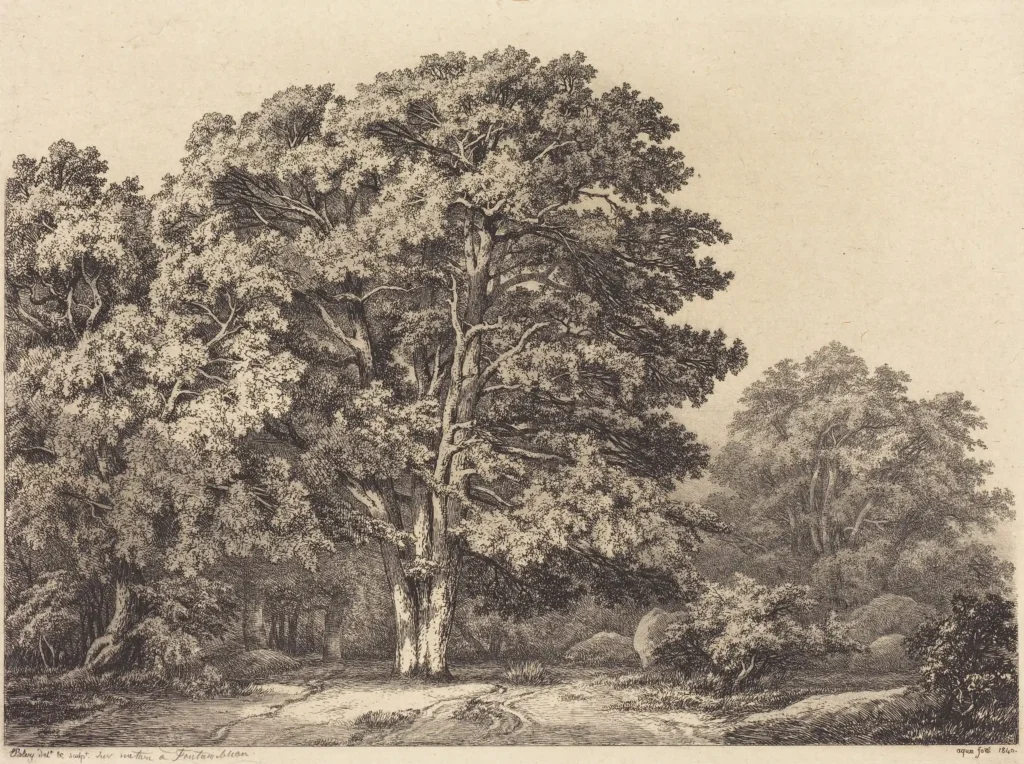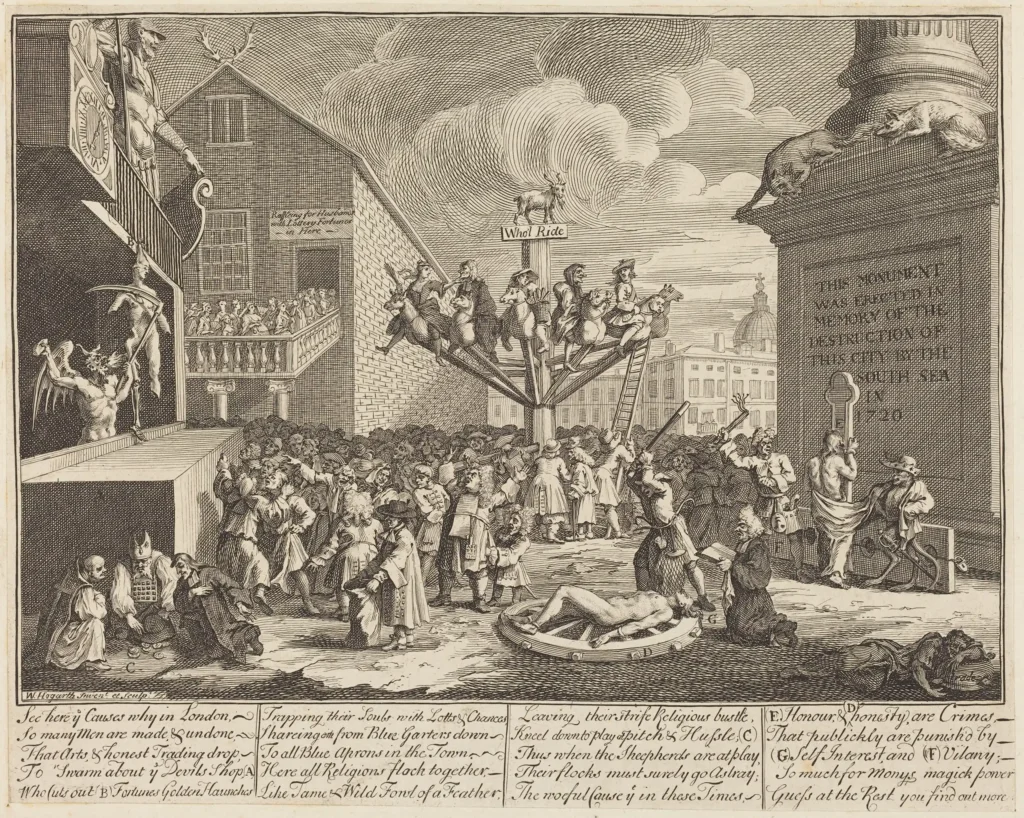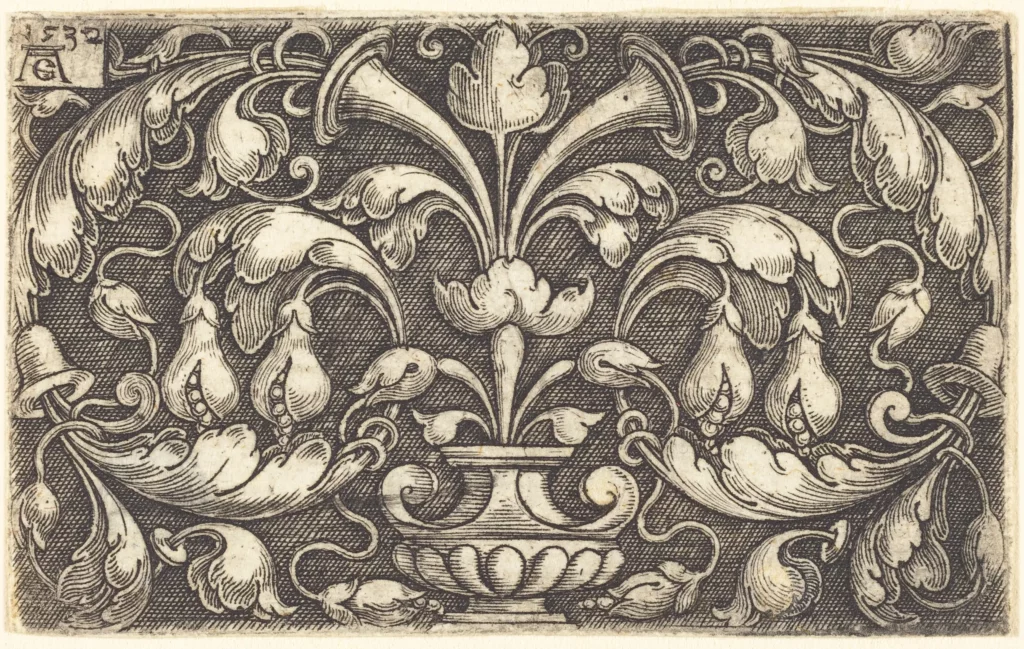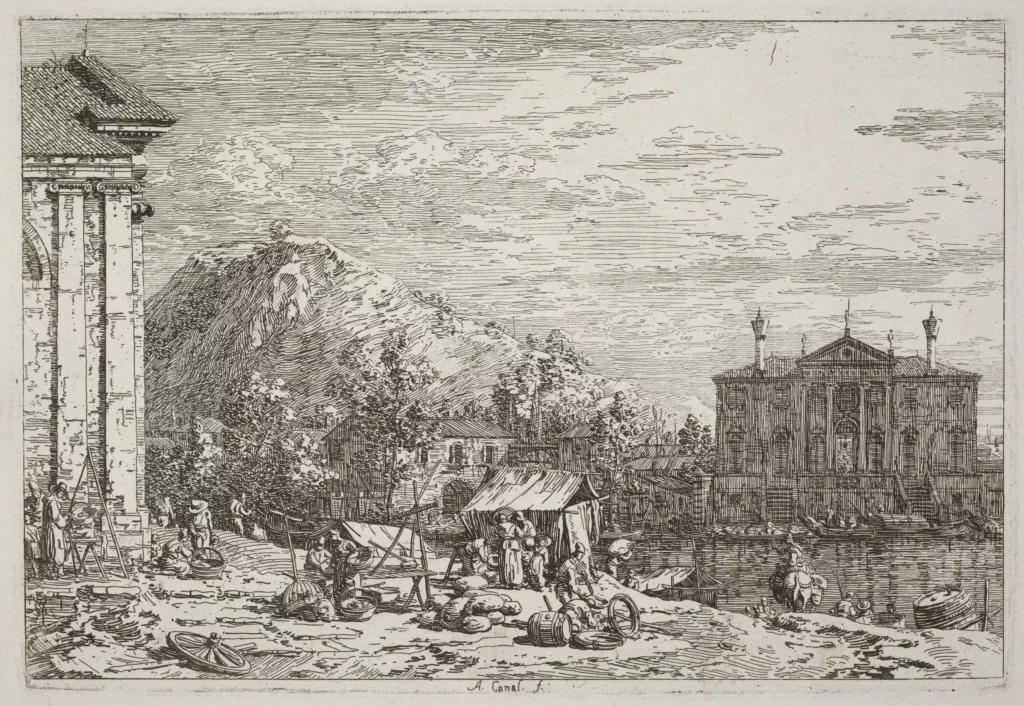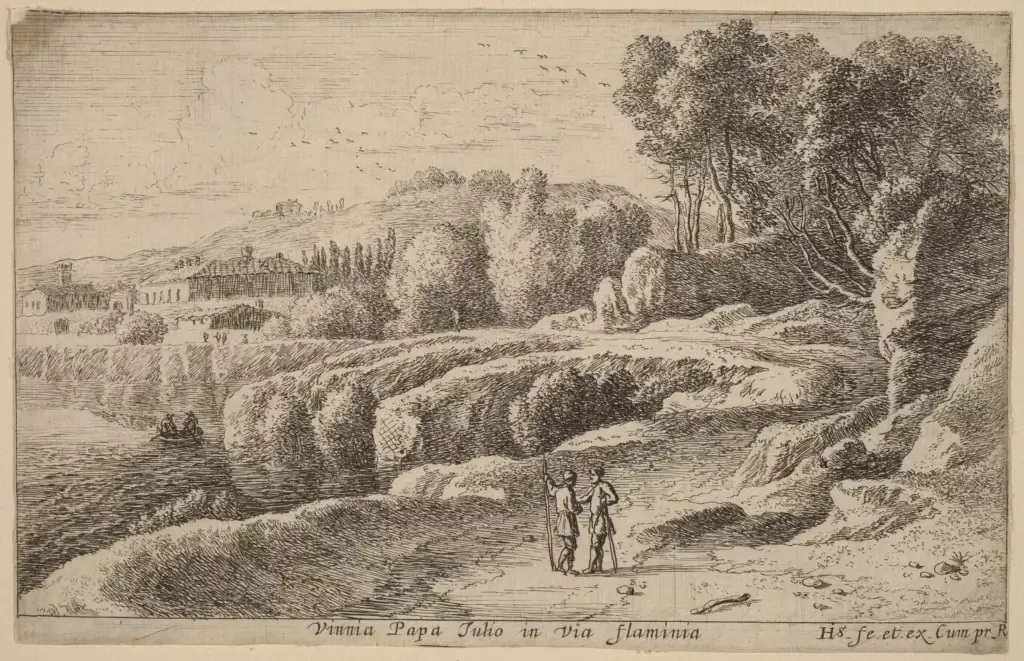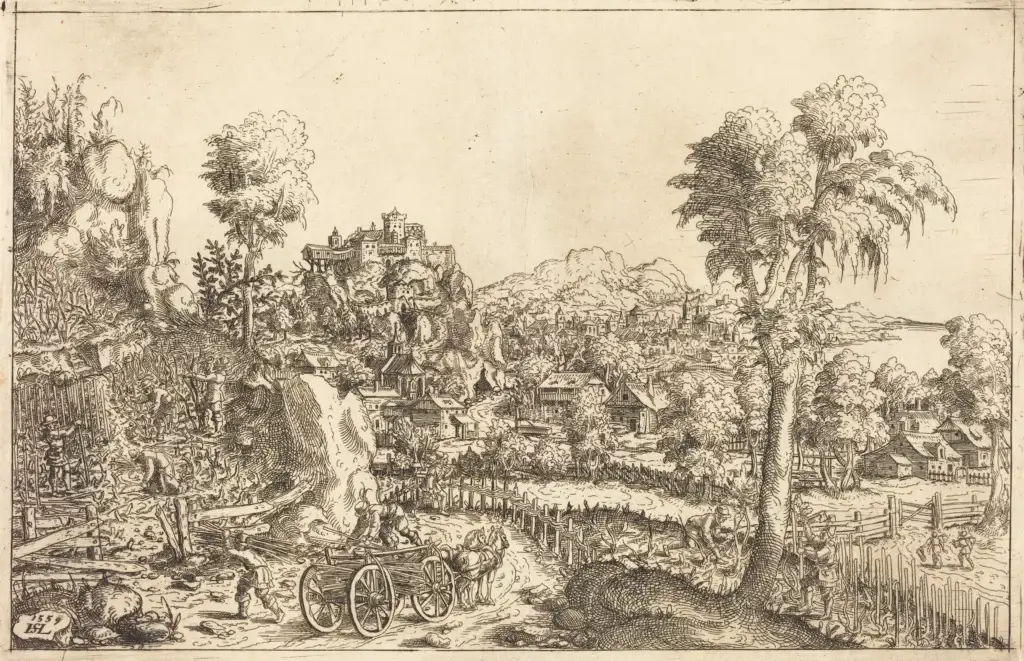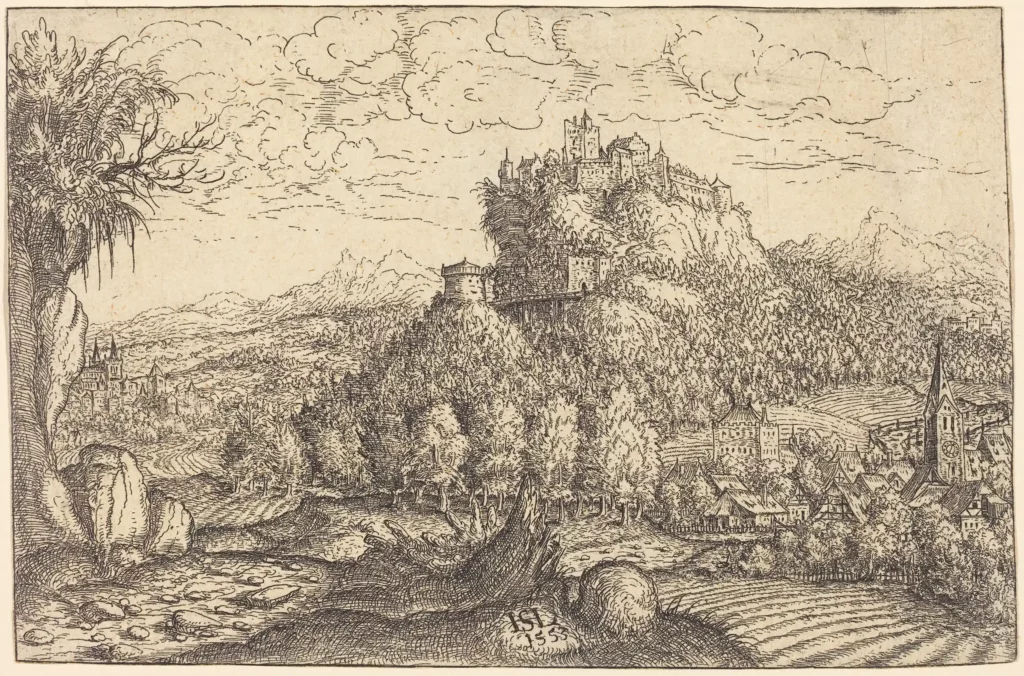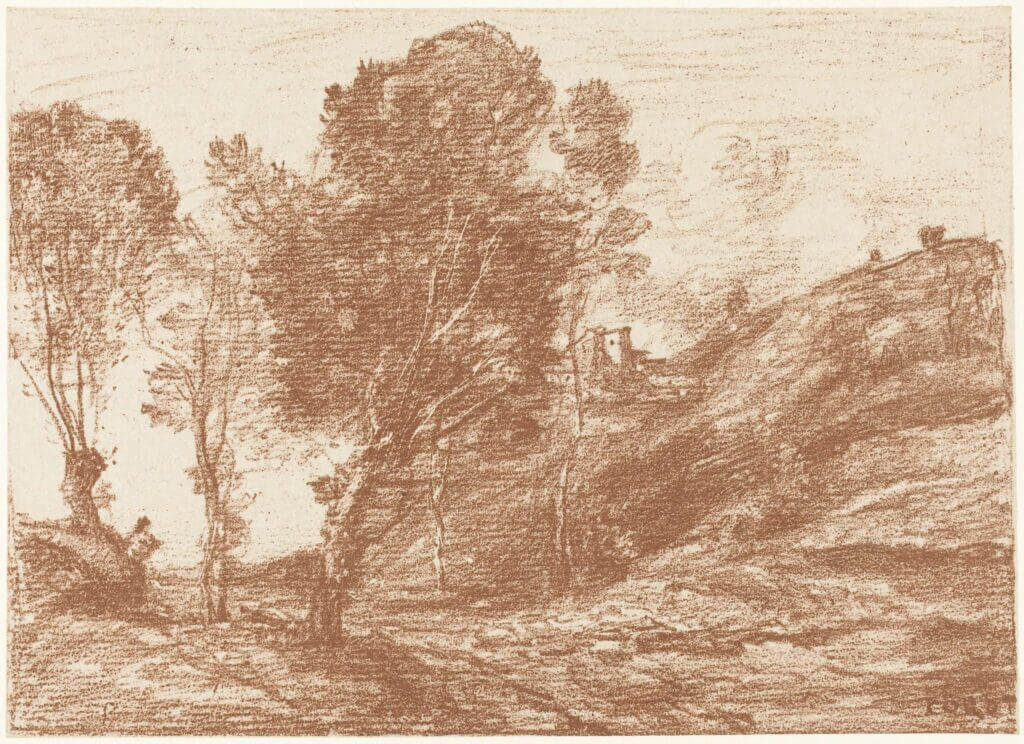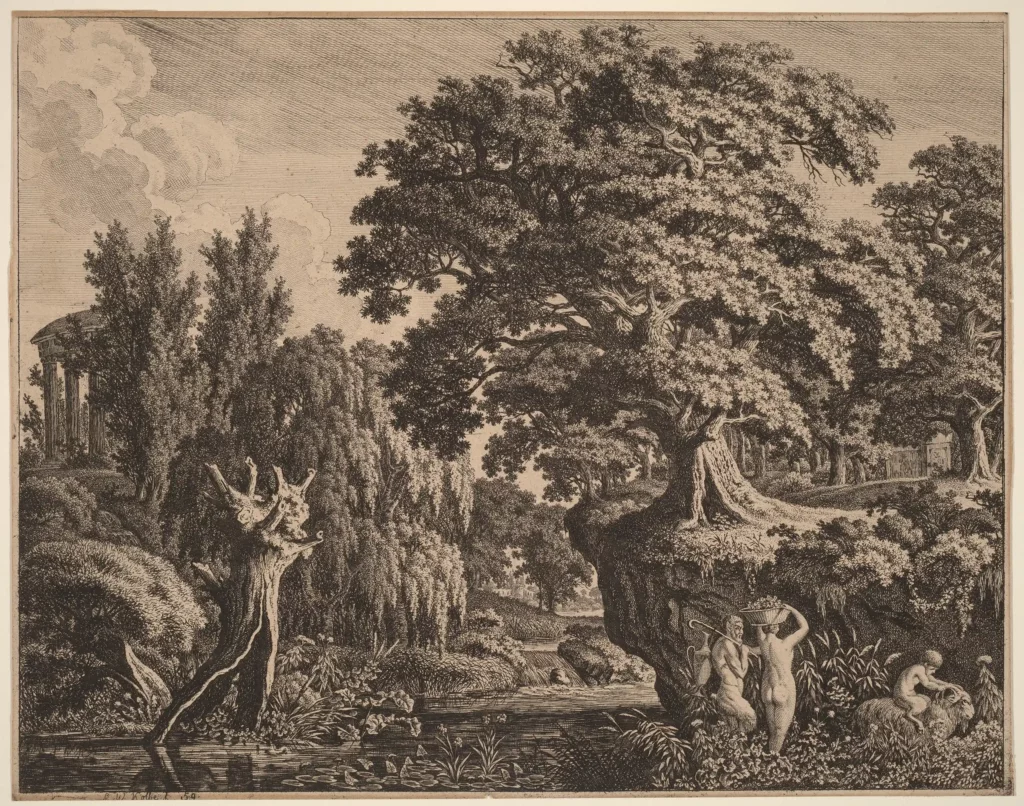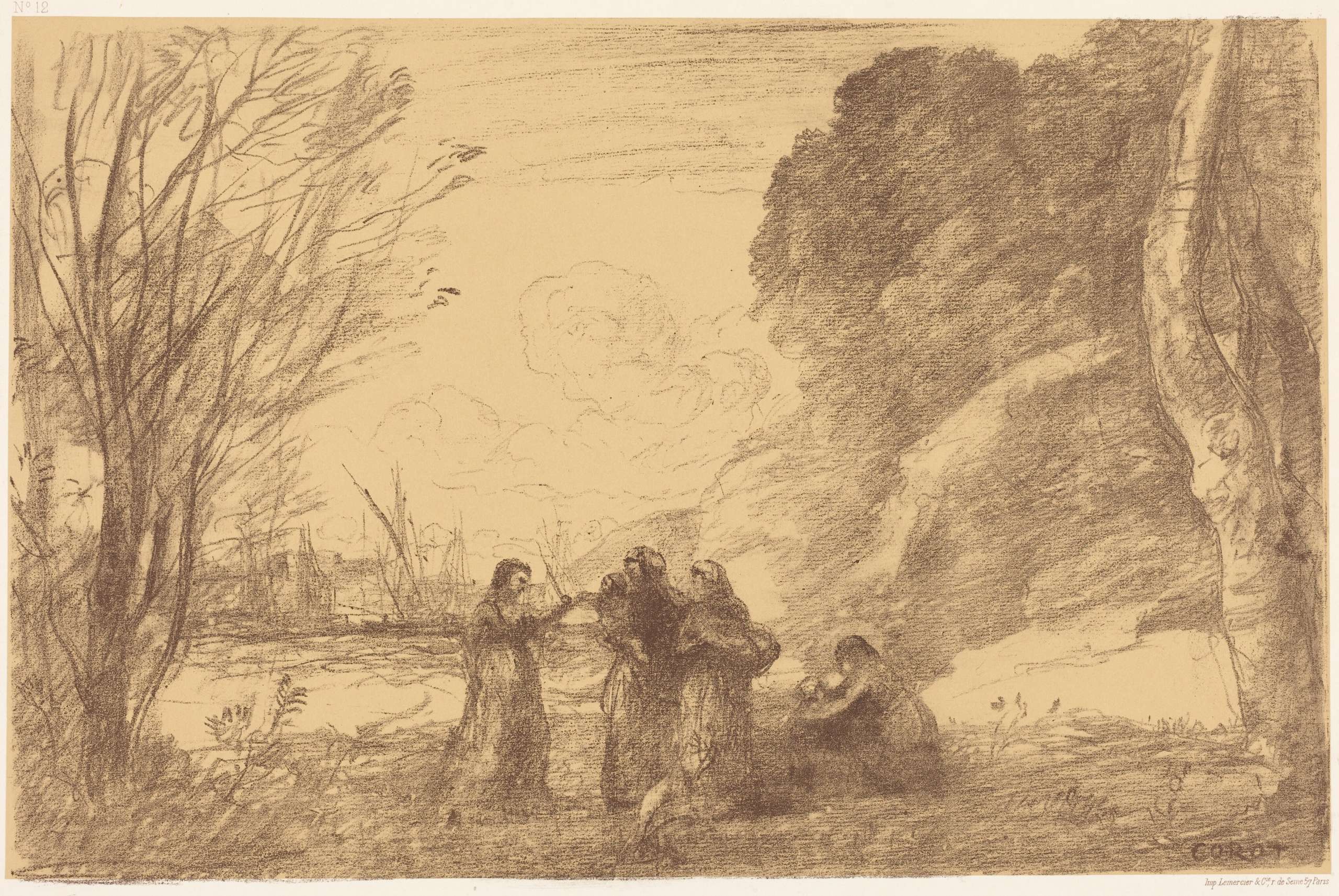
Katherine Cole on Wine Communication
What came first, wine or journalism?
I grew up in a beverage-centric household. My great-grandparents owned a historic brewery in Montana called Highlander. (The brand has been revived recently, although not by my family. It's fun to see it back in business.) And my father helped start up Redhook Brewery in Seattle in the early 1980s. My parents are also avid wine enthusiasts, travelers, and cooks, so my childhood memories nearly all involve family and friends sitting around a table and tasting something interesting.
After college at Harvard, I went to the Columbia University Graduate School of Journalism, and from there, I moved to Chicago to work as a magazine editor. I was really drawn to editing our culinary section, and in particular our wine coverage. I loved the way in which it allowed me to exercise every part of my brain. Wine writing is a weaving together of geography, history, biology, horticulture, climatology, agriculture, sociology, language, business, marketing, branding... I could go on.
When I moved to Portland, Oregon to freelance, I realized that I was surrounded by the most interesting craft beverage scene in the nation, so I decided to specialize in this topic. I managed to land monthly columns in a couple of magazines, covering spirits and beer as well as wine. Then, there was an opening at The Oregonian newspaper for a wine columnist. I somehow talked my way into that job, then enrolled in International Sommelier Guild classes to flesh out my knowledge.
Do you still work as a journalist?
Yes. I guess I'm one of those people who always has three or four plates spinning at once. As I started to transition away from The Oregonian and focus more on books, I freelanced for publications like Wine Spectator and became a contributing editor at SevenFifty Daily. I really enjoyed digging into geeky topics like interclonal planting. My piece on "Black Chardonnay" was the most-read article on SevenFifty Daily in 2017 and continues to see a lot of traffic. I didn't coin the term, but it was the first time I had ever seen "black Chardonnay" in print. It was pretty exciting to feel like I was putting something novel out there.
A winemaker friend recently texted me a photo of her "black" Chardonnay must. She was super-excited to try the technique. That made me so happy, to know that my work is helping winemakers to educate one another and try new things.
Tell us about your books.
I wrote my first book out of frustration. I wanted to learn more about Biodynamic winegrowing because many Oregon vineyard owners and winemakers were practicing it, but there weren't any straightforward books on the subject. So I wrote Voodoo Vintners in order to educate myself. I spent time with producers who had really compelling personal connections with Biodynamics, so the story just told itself. That book came out back in 2011 and I still hear from readers regularly.
My next two books were user-friendly wine guides. Complete Wine Selector is a rethinking of the standard wine reference book, taking a more intuitive and stylistic approach to wine appreciation. How to Fake Your Way through a Wine List could be a study guide for a budding oeno enthusiast—it contains lots of tricks for remembering key information. My favorite part is the chapter in which I reveal how I—yes!—fake my way through wine lists. Consumers tend to have the mistaken impression that wine professionals know "everything." Of course, we don't. We just know which questions to ask.
When I started Rosé All Day, there weren't any books in the English language on the subject. I saw that rosé was really taking off as a category, but its story had not been told properly. People weren't aware that rosé was historically the finest style of wine in France, or that there are world-class pink wines that should be cellar-aged. That book touched a cultural nerve and did very well, thanks in large part to the outstanding design work by Abrams Books and artist Mercedes Leon.
Because I'm a fool and I undervalue sleep, I recently published a companion book to Rosé All Day, titled Sparkling Wine Anytime.
And your podcast?
In fall of 2016, I launched The Four Top in partnership with OPB. It's a chance to practice journalism in a different medium, audio. In restaurant parlance, a "four top" is a table for four. In every episode, I sit down with experts—typically journalists and change makers—to talk about the hot-button topics in wine culture. It's a lively, fast-moving show, and we try to educate listeners about issues pertaining to sustainability and human rights while also managing to laugh.
I've now taken the podcast independent and have a hilarious and brilliant cohost, Martin Reyes, MW. While it's a labor of love, The Four Top has listeners all over the world. It's available on Spotify, Apple Podcasts, and all your favorite podcast apps, so please tune in, subscribe, and let me know what you think of the show.
What's your process at Vin Agency?
We start off with a kickoff call, in which we aim to define the client's brands by asking them about their personal experiences and philosophies. I typically follow up with one-on-one interviews with each member of the team. In every conversation, I hear unique and fascinating anecdotes that usually are not being conveyed on the winery's existing site. It's really fun to weave my journalistic skills together with Creative Director Jon Krauss's designs and the client's brand voice.
How can wineries utilize storytelling to promote their brands?
Well, that's easy to answer... invest in a Vin Agency website! I realize I'm logrolling, but I'm also speaking from personal experience, because Jon built my site, as well as the site for The Four Top. I hear from readers and members of the trade all the time who have found me through my website and feel like they already know me personally. Jon recreated my wordmark, too, choosing a typeface and color that reflects my brand as a writer.
But to get back to the question: To know a winery's story is to feel emotionally close to the product—the wine—that was lovingly handmade by human beings who are inevitably passionate, creative, and interesting. Through imagery, design, and supporting text, we can give visitors the sense that they are part of the winery's extended family. That feeling of connectedness translates into brand loyalty. As a wine consumer myself, I know how good it feels to have a personal, emotional tie to the wine you're pouring for your friends.
What's your writing "voice"?
When I'm writing for Vin, it's the voice of the client, or else the voice they want to take on for the project. This can be a really fun challenge. Some recent clients have asked me to write like Hemingway, like The New Yorker, and like Game of Thrones "without going too deep into sounding like a Dungeons & Dragons nut."
I have played around with different journalistic voices over the years, and I aim for subtle wit when I can. Wine should be fun. So shouldn't wine writing be fun, too? And this ties into my feeling that wine should be democratized. I still hear from consumers who are afraid to order wine because they are worried they will say the wrong thing. Instead of trying to educate consumers, which is a daunting task, we could all just take ourselves a little less seriously. That would go a long way.
In my books, I jump on any historical or cultural detail that will bring the material to life. For example, writing about Catalonia is much more fun if I take a moment to point out that the Barcelonian wine evangelist Count Guifré (aka Wilfred) “the Hairy” sounds like he ought to be a Muppet. Or if I'm writing about the introduction of wooden barrels in Gaul, there's no way I'm not going to make a reference to Asterix and Obelix.
And in the podcast, I encourage my panelists to cut each other off, tease each other, make fun of me... whatever it takes to lighten the mood. The best way to keep listeners engaged is to truly enjoy the conversation. Laughter is the original intoxicant.
Is there a philosophy that guides your work?
Always think of the larger, global implications of the issue you're covering. I don't think members of the wine industry realize that their actions can make change on a grand scale. For example: Wine collectors tend to be wealthy, powerful people. The more we keep talking about migrant labor, the more that issue will be on the radars of decision-makers. Conversations that happen in rarefied wine circles—about, for example, the connection between sustainable farming and terroir—will, over time, reverberate in the wider world.
And, as with any high-end luxury product, wine is considered chic and stylish. I love that the cool kids are into natural wine these days. You can go on Instagram and see video clips of models saying that the only alcoholic beverages they'll drink are natural wines. So, college kids are googling "natural wines" and reading about organic and Biodynamic agriculture. And that's getting them excited about sustainability. I have always said that wine is a gateway drug to environmentalism.
How are you so productive?
I would not be this productive if I weren't in the wine industry. But every day, I wake up and I'm excited to get to work, because I love the people and the subject matter. It's that simple.
What advice can you give wineries about communication strategy?
Put yourself out there. Be raw and honest about your site, yourself, your family, and your motivations.
And make fine wine, of course, but don't forget that this business is about more than what's in the bottle. Don't underestimate the power of design. The greatest disservice you can do to a great wine is to put it behind a mediocre label or website.
What do you wish potential clients knew?
Jon pronounces his name "Yawn"! It's the fancy European pronunciation. Because we are fancy wine people here at Vin.
Oregon Wine History Archive
Katherine was interviewed by Linfield College
for the Oregon Wine History Archive.
